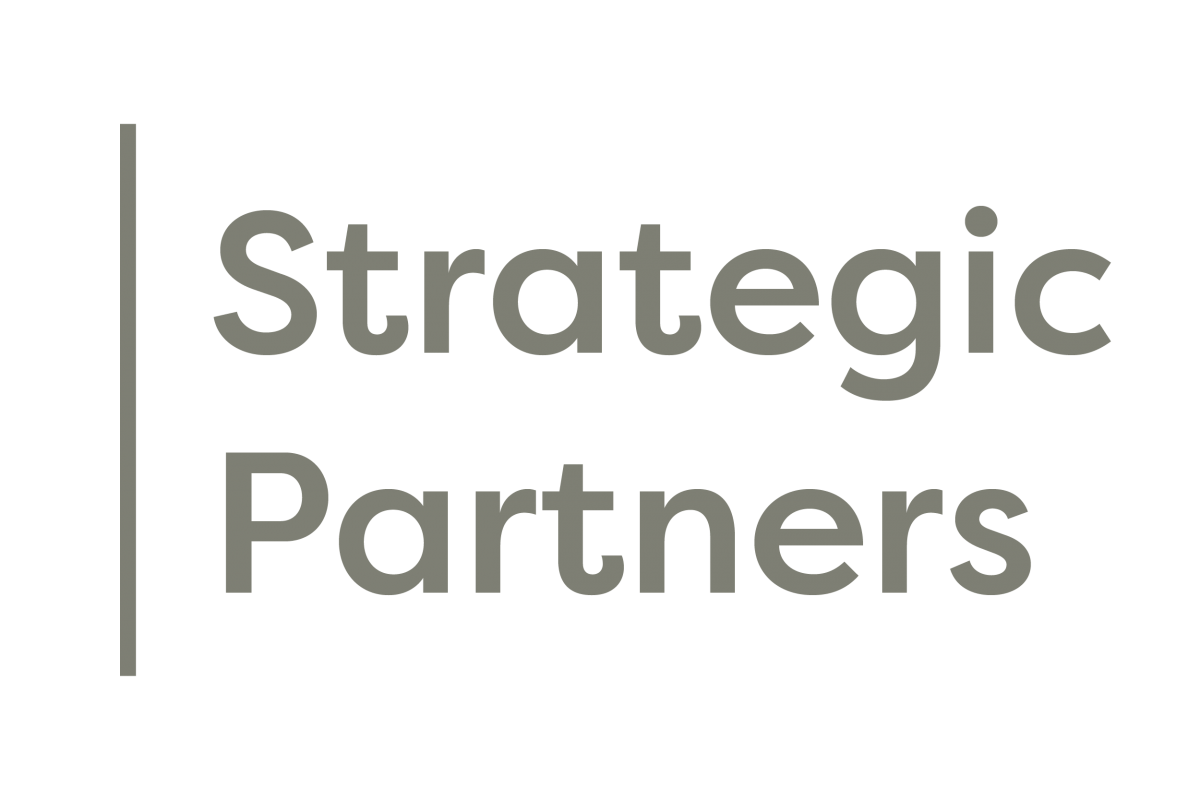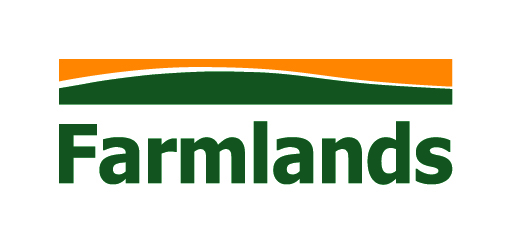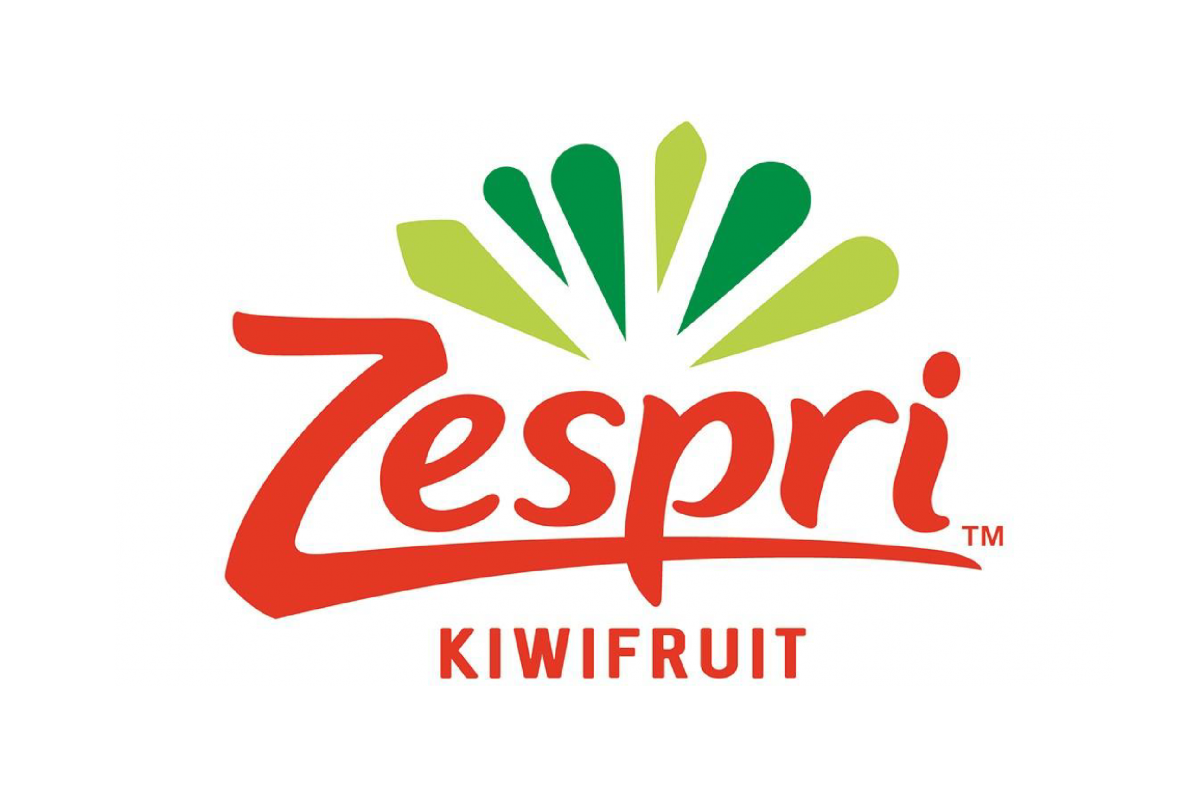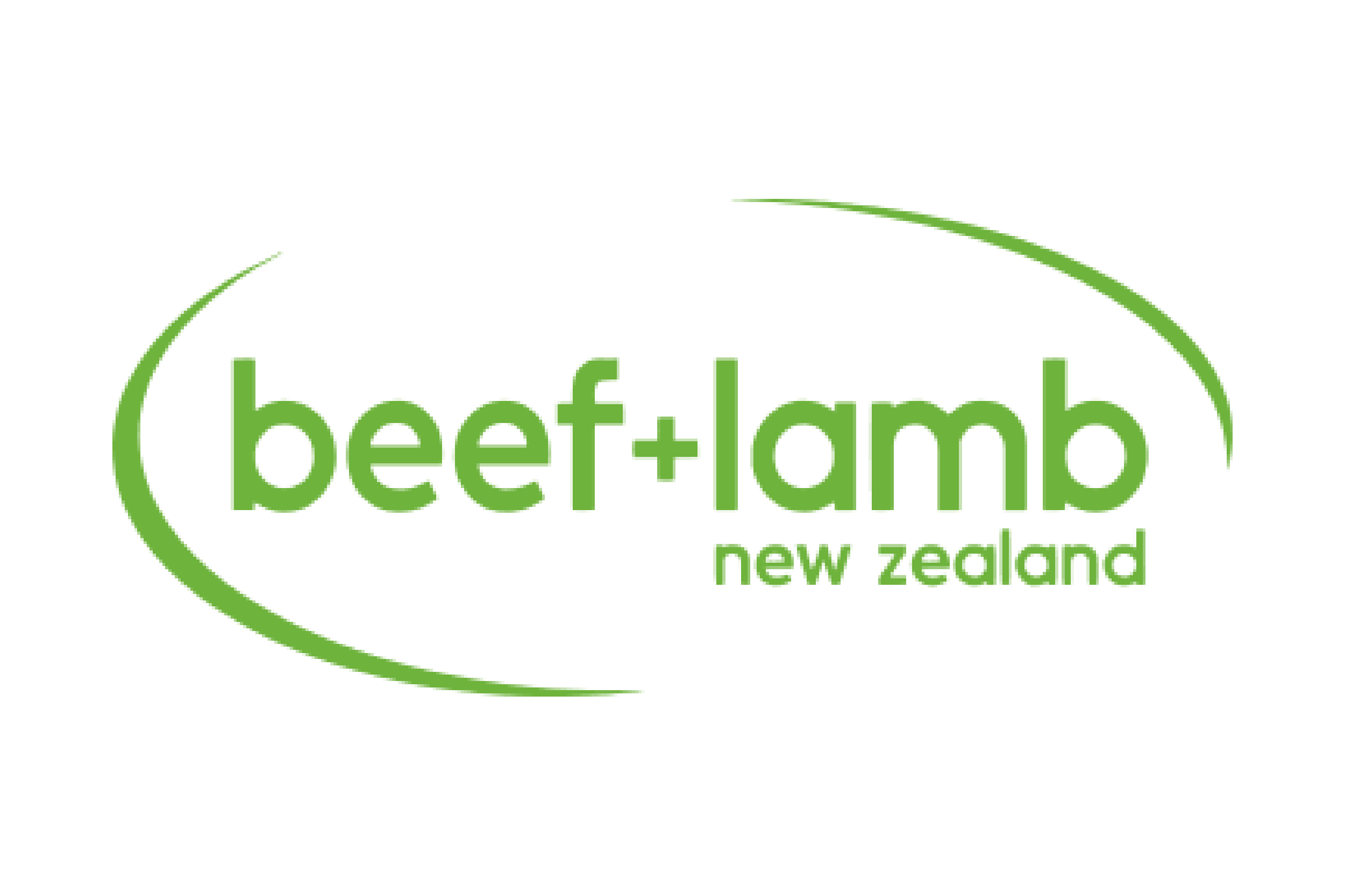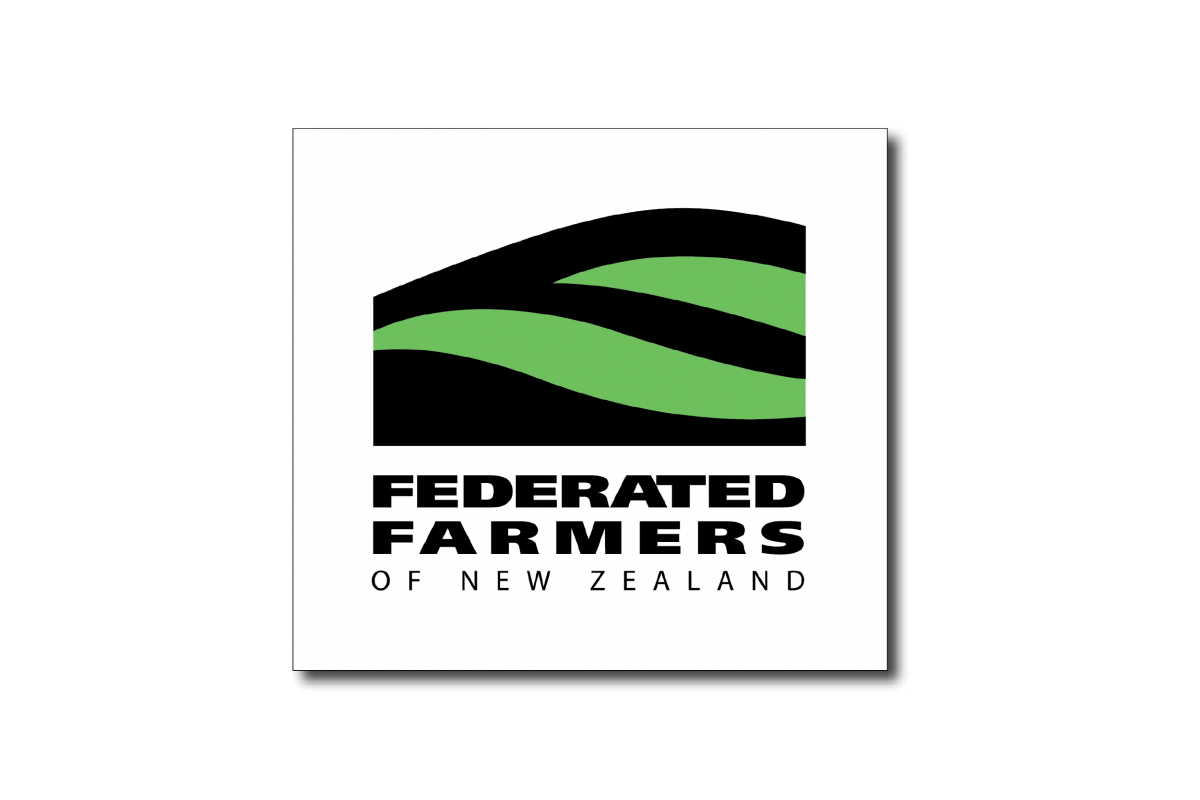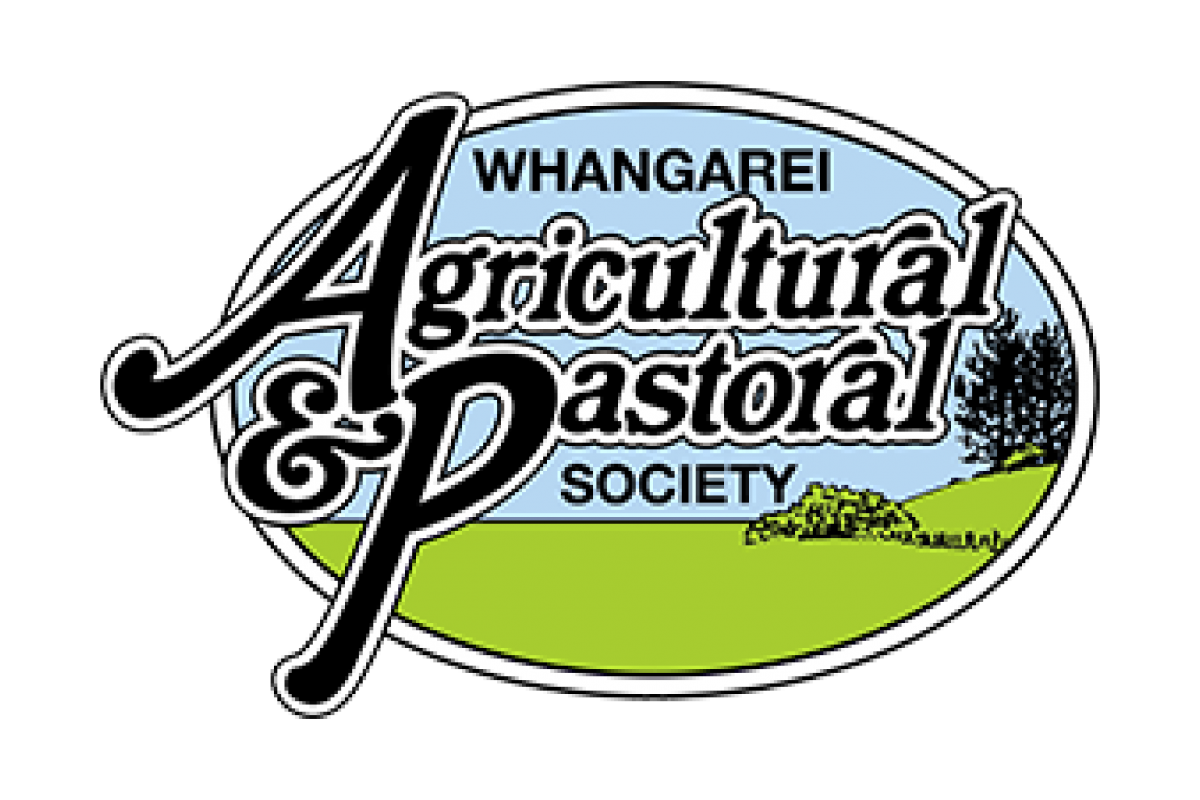Executive Summary
For the 8th consecutive year World Class Biosecurity ranked the number 1 priority for industry leaders in KPMG’s annual Agribusiness Agenda for 2018. It is interesting to note that while industry leaders recognise this as such a critical focus, at grass roots level there seems to be a disconnect or unwillingness to engage in practical on-farm biosecurity practices. In New Zealand we do have one of the best international biosecurity borders in the world, but as we continually see, this border protection cannot stop everything.
The only way to achieve complete border protection would be total isolation by eliminating international trade and travel. This is obviously not an option and with ever increasing international trade and travel, the risk of another incursion also increases. Given that we can’t eliminate the risk of a future incursion, then the next step is preventing or slowing the spread of that incursion within New Zealand before it is detected. The only way to achieve this is through active farm gate biosecurity protection.
Some pests we have very good early detection systems for like the trapping systems for fruit-fly. Other pests and disease can exist without any obvious symptoms for several years making early detection very difficult and giving substantial time for spread before it is detected and any controls are put in place as part of a response.
Basic farm biosecurity practices do have a cost in terms of setup and ongoing maintenance and inconvenience, and for the most part there is little or no recognizable benefit from these practices. It’s a lot like insurance where you are paying out for a service that hopefully you will never need, but if you do then it is vital. One of the other issues with biosecurity practices is that it is a lot like immunisation where you need basically everyone to get on board to make a difference. Unfortunately, those who do nothing can also be protected in the same way herd immunity works.
The key to creating lasting biosecurity practices is to make it part of our culture to the point where it just becomes business as usual. Therein lies the difficulty, making a cultural change within farming in New Zealand and making on-farm biosecurity the norm.
The key finding of this report are that biosecurity doesn’t stop at the border and that we all have a role to play. Talk and education alone will not drive this change, we need to find the levers that will shift people from knowing they should be doing something about it – to doing something about. Those levers will not come from farmers, they must come from industry organisations pushing the need for biosecurity and working with commercial players in their industry to make biosecurity a mandatory part of their contracts. We have seen the push in this area for worker welfare and safety, and a strong social push to clean
up the environment. We need that same push to also implement biosecurity practices to protect the environment and our livelihood.
On Farm Biosecurity: The importance of the farm gate – Simon Cook
Keywords for Search: Simon Cook

